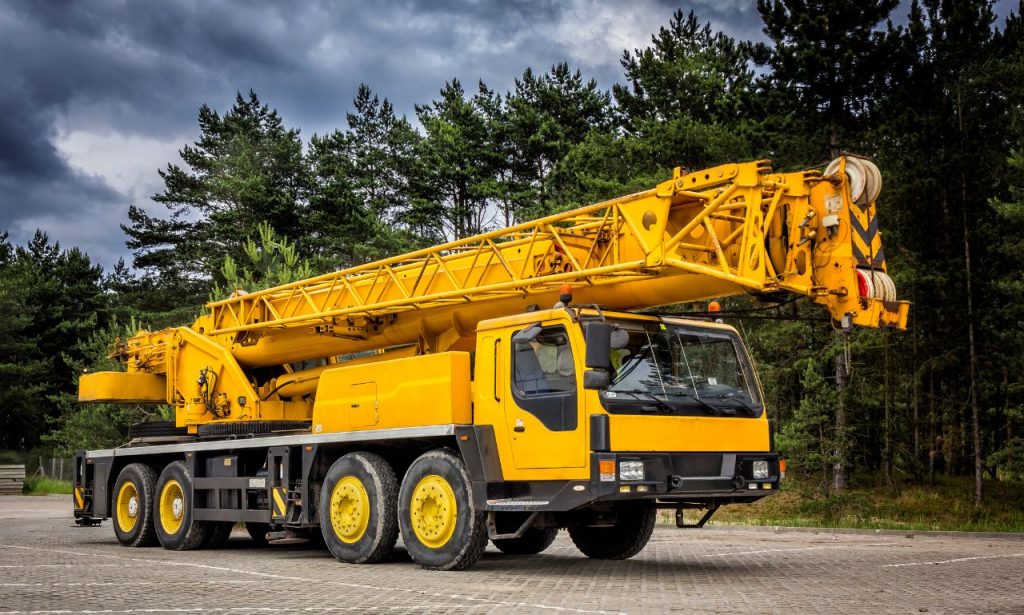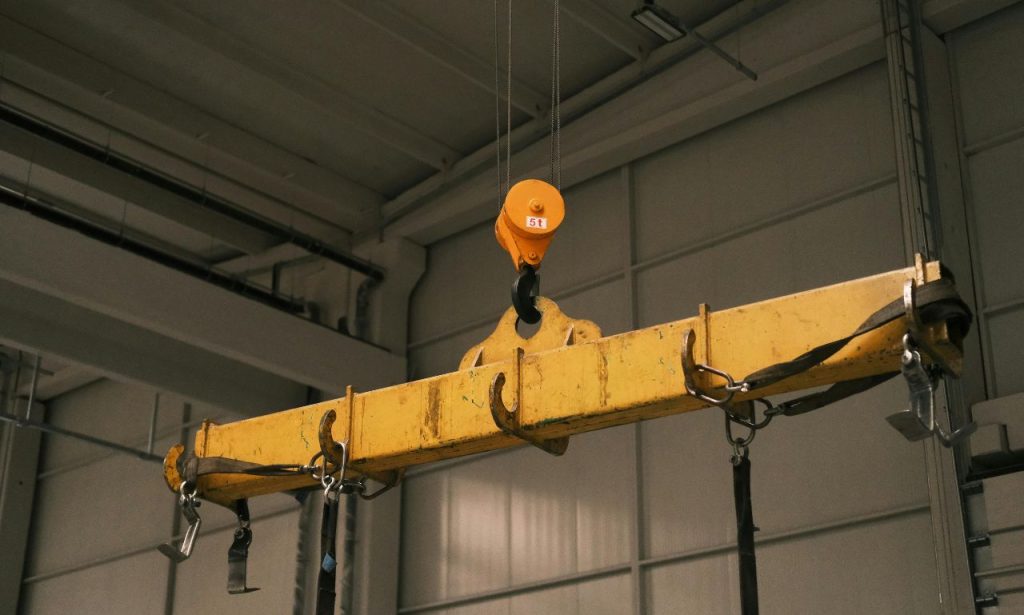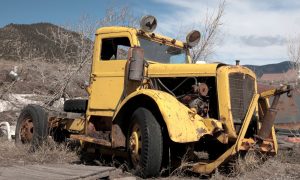Renting a crane for your project sounds straightforward until you realize the stakes involved. A wrong decision can set your timeline back, inflate costs, and even compromise safety. That’s why understanding what the factors are to consider before renting a crane for your project is essential. Becomes crucial. Whether you’re managing a large-scale construction site or a smaller infrastructure project, the crane you choose has a direct impact on efficiency and safety. Let’s break it down piece by piece, so you can make an informed call and avoid expensive mistakes.
Defining Your Project’s Exact Lifting Requirements
Every project has unique demands, and cranes aren’t one-size-fits-all. Before signing any rental agreement, you need clarity on the loads you’ll be lifting. Ask yourself: What’s the maximum weight that needs to be hoisted? If you underestimate, you risk safety violations and operational delays.
Think of it like renting a truck—would you hire a pickup to move the contents of a four-bedroom house? Probably not. The same logic applies here. Also, factor in the height and radius of the lifts. A job that requires lifting materials to the 20th floor of a high-rise demands a very different crane than moving steel beams around a single-story warehouse.
Pro tip: Consult with the rental company’s engineers for expert advice. Many reputable providers run simulations to help ensure you don’t over- or under-spec your crane.
Thorough Assessment of Your Job Site Environment

Site Accessibility and Entry/Exit Points
It’s one thing to rent the perfect crane on paper. It’s another actually to get it onto the site. Consider how easily the crane can access your project area. Narrow city streets, sharp turns, or low-hanging power lines can turn delivery and setup into a logistical nightmare.
For instance, a construction manager in downtown Chicago shared how their team had to temporarily shut down traffic on three blocks just to maneuver a mobile crane into place. That cost thousands in permits and delays—expenses that could’ve been avoided with better pre-planning.
Ground Conditions and Load-Bearing Capacity
Cranes are heavy—sometimes outrageously so. If your job site’s ground can’t handle the load, you’ve got a serious problem. Muddy soil, unstable surfaces, or even underground utilities can complicate things. That’s why many projects require soil testing before crane installation is undertaken.
Temporary mats or steel plates might be necessary to distribute weight. Skipping this step could result in crane instability, tipping hazards, and costly site damage.
Available Space for Crane Setup and Operation
Even if the crane can reach your site, will it have sufficient space to operate? Tower cranes, for example, need significant clearance both vertically and horizontally. Mobile cranes require space for outriggers to stabilize the machine.
Imagine renting a large hydraulic crane only to realize it can’t fully extend its outriggers due to adjacent buildings. That mistake not only wastes money but also forces you to start over in your rental process.
Identifying and Mitigating On-Site Obstructions and Hazards
Power lines, nearby buildings, or even tree canopies can obstruct crane operation. OSHA reports that electrocution from contact with power lines is one of the leading causes of crane-related accidents in the U.S. Addressing these hazards beforehand isn’t just about compliance—it’s about saving lives.
Think ahead. Could you temporarily relocate some obstacles? Or would a different type of crane—say, a smaller mobile unit—be more suitable?
Permit Requirements and Local Regulatory Compliance
You might think renting a crane is only a matter of signing a contract, but the law often has other ideas. Many municipalities require permits for crane operation, especially when streets or public spaces are involved.
In New York City, for example, crane permits are notoriously strict. Contractors often face weeks of paperwork and inspections. If your project timeline doesn’t account for that, expect delays.
Beyond permits, ensure your rental provider complies with OSHA and local safety regulations. Cutting corners here can result in fines, shutdowns, or worse—serious accidents.
Selecting the Optimal Crane Type for Your Project
Here’s where things get interesting. There are dozens of crane types—tower cranes, crawler cranes, rough-terrain cranes, and the list goes on. Each comes with distinct advantages and limitations.
A high-rise development may require a tower crane that stays in place for months. On the other hand, a short-term infrastructure repair could benefit from a truck-mounted crane that can be moved quickly.
Choosing the wrong crane isn’t just inconvenient—it’s expensive. You might pay for excess capacity you’ll never use, or worse, rent a crane that can’t handle your job.
Tip: Ask rental companies for case studies of similar projects. Real-world examples help you understand what has worked for others in similar situations.
Prioritizing Safety, Certification, and Insurance
No project manager wants to face the nightmare of an accident, but crane mishaps happen more often than many realize. That’s why prioritizing safety is non-negotiable.
Verify whether the rental company employs certified operators, as per standards such as NCCCO (National Commission for the Certification of Crane Operators). Certified operators drastically reduce risks compared to untrained personnel.
Insurance coverage is another crucial component. Confirm what’s included in the rental agreement. Does the policy cover damage to the crane itself, or only third-party injuries and property damage? If insurance gaps exist, you may need supplemental coverage to protect your project.
Deconstructing Rental Agreements and Total Costs

On the surface, crane rental costs might seem straightforward—a daily or weekly rate. But the fine print often hides additional charges. Delivery fees, setup costs, operator expenses, permits, and overtime can quickly inflate your budget.
One project manager in Texas once joked, “Renting a crane is like buying a plane ticket. The base price looks cheap until you add bags, meals, and seat selection.” That humor highlights a fundamental issue: hidden costs.
Always request a detailed breakdown of charges. Ask whether the rental covers fuel, operator overtime, and disassembly after the project. Understanding the total cost upfront saves you from budget shocks down the line.
Conclusion
So, what are the factors to consider before renting a crane for your project? It comes down to precision planning, from knowing your load requirements to understanding site conditions and ensuring legal compliance. Don’t overlook safety certifications or underestimate the complexity of rental agreements.
Cranes are powerful tools, but they demand respect—and careful decision-making. By approaching the rental process with thoroughness and foresight, you’ll not only save money but also create a safer, more efficient project environment.
FAQs
Costs vary widely, ranging from $200 per day for small cranes to over $ 20,000 per month for tower cranes.
Yes, many cities require permits, especially for street use or public interference. Always check local regulations.
Most rental companies offer certified operators as part of their package, although this may incur an additional cost.
Conduct a site inspection, remove hazards, and only allow certified operators to handle the crane.
Underestimating load requirements or site conditions leads to delays, safety risks, and budget overruns.




